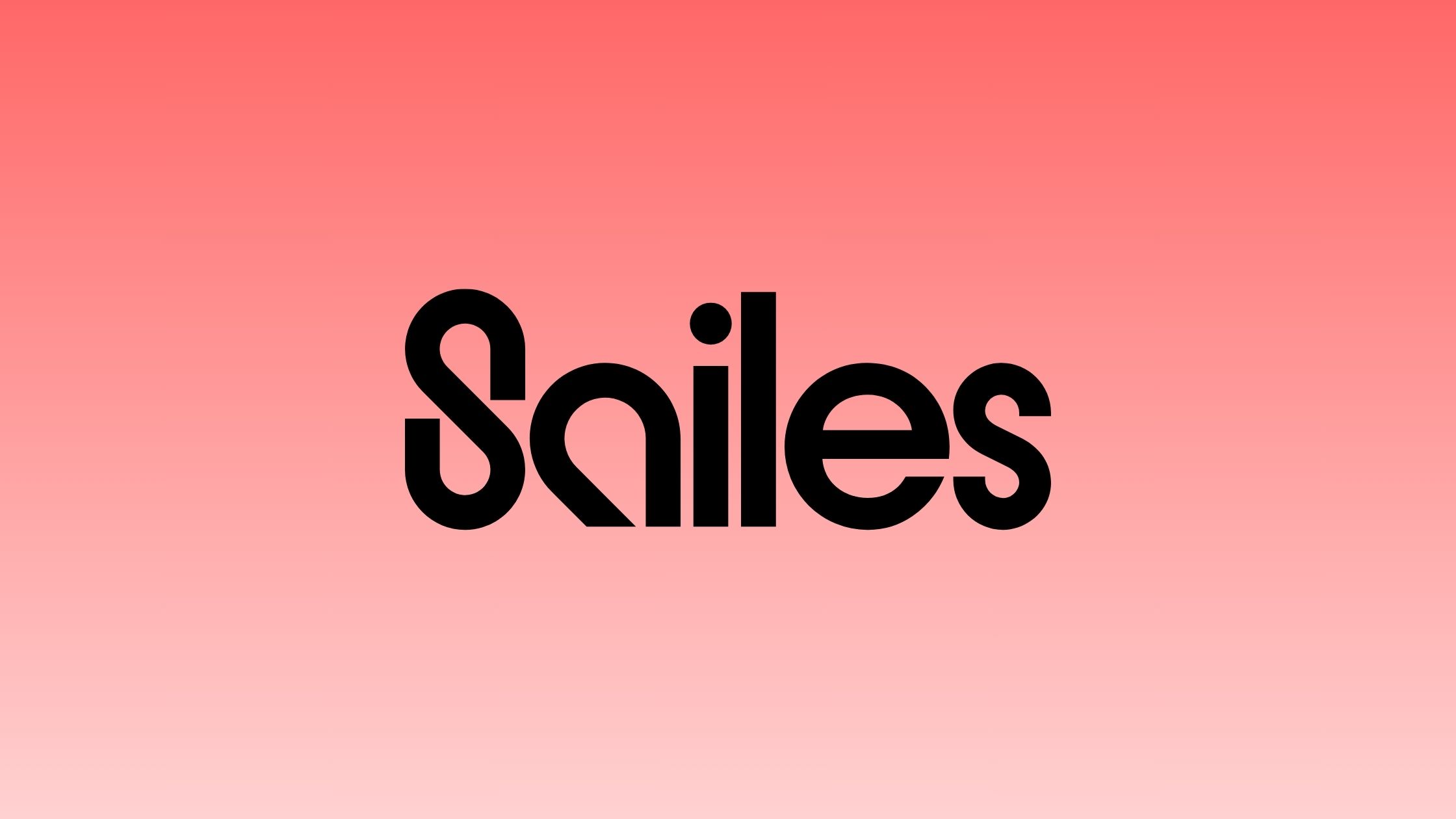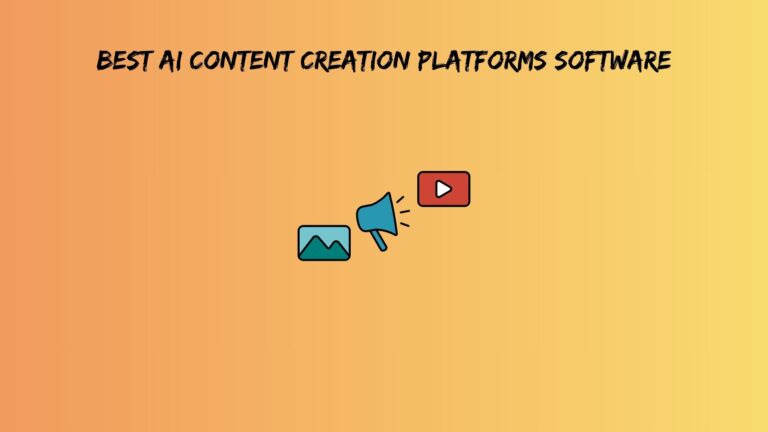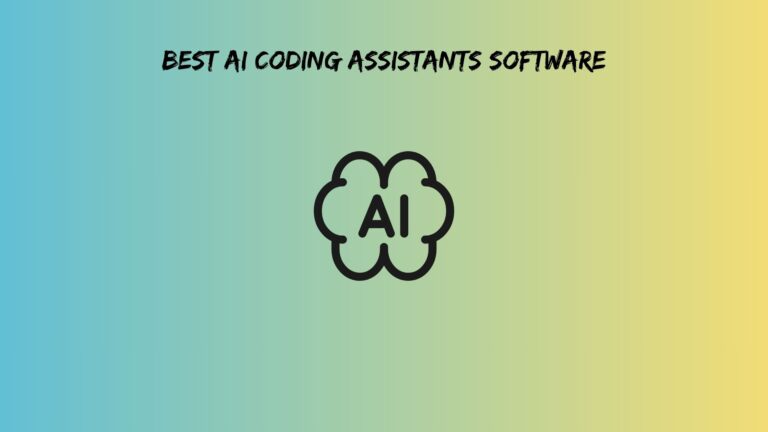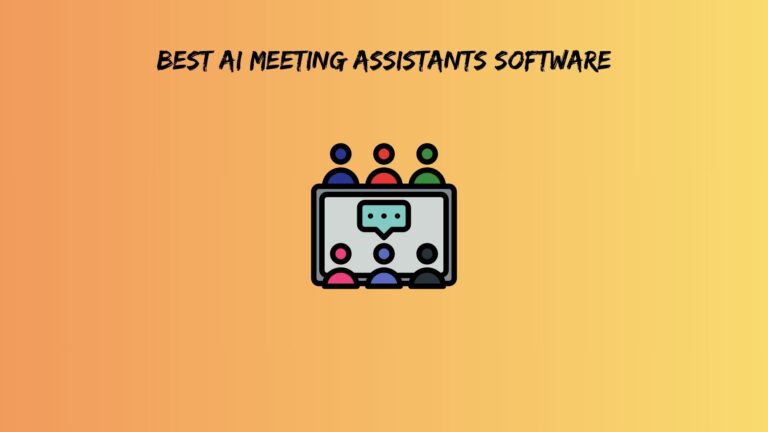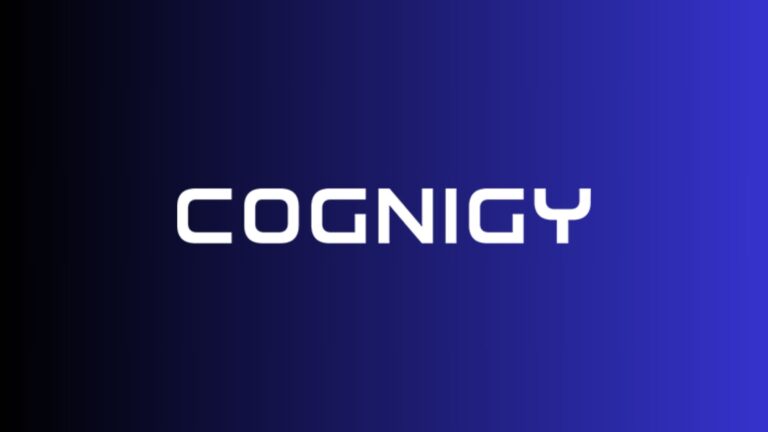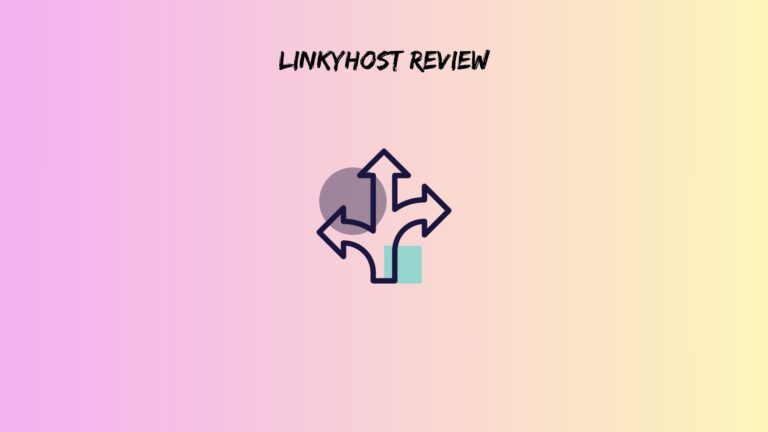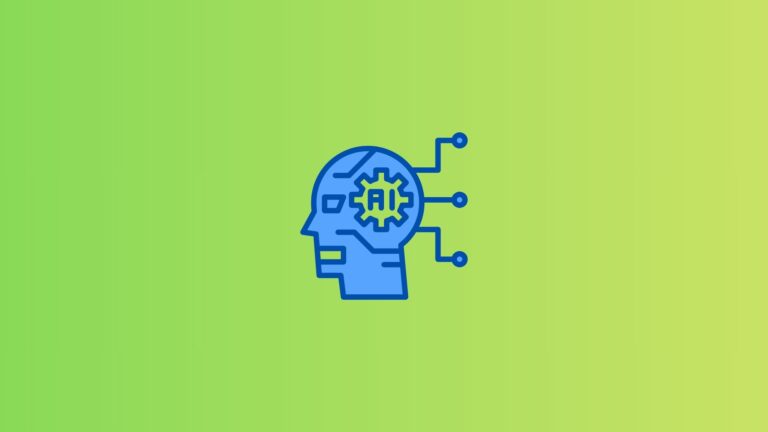Sailes Review (2025): Can This AI Sales Agent Really Replace SDRs?
Your SDR just quit. Again. That’s the third one this year, and each departure cost you $100K in salary, benefits, training, and lost opportunities. Meanwhile, Sailes promises their AI sales agent can do the same job for pennies on the dollar. But here’s the million-dollar question: Can artificial intelligence actually replace human relationship-building in B2B sales?
This Sailes review cuts through the marketing hype to show you what really happens when AI meets quota pressure.
The $100K SDR Question That’s Breaking Sales Teams
Sales Development Representatives burn out faster than birthday candles. Average tenure? Just 1.5 years. Meanwhile, hiring costs keep climbing, and training periods stretch longer as deals get more complex.
Traditional SDR challenges create a perfect storm: high turnover rates, inconsistent performance, and scaling limitations that choke growth. Companies spend months training new reps, only to watch them leave for “better opportunities.”
Enter AI sales agents promising to solve everything. Sailes positions itself as the first AI built unique to each salesperson, claiming to understand individual styles and preferences. However, the real question isn’t whether AI can send emails – it’s whether it can build the relationships that actually close deals.
The timing feels right. Sales automation has evolved from simple email sequences to sophisticated conversation engines. Yet most solutions still feel robotic, lacking the nuanced understanding that separates great SDRs from order-takers.
Also read: Online employee scheduling software workforce management
The SDR Replacement Reality Check
Current SDR performance varies wildly. Top performers book 10-15 meetings monthly, while bottom quartile reps struggle to reach 3. This inconsistency costs companies millions in missed revenue and wasted resources.
AI capabilities have advanced dramatically. Natural language processing now handles complex conversations, while machine learning adapts to prospective behavior patterns. Nevertheless, human skills like emotional intelligence and creative problem-solving remain difficult to replicate.
Sailes claims a 3,000% efficiency boost compared to human SDRs. Breaking down this number reveals they’re comparing AI speed (thousands of personalized emails per hour) against human limitations (maybe 50 quality outreach attempts daily). The efficiency gain is real, but efficiency doesn’t automatically translate to effectiveness.
Market context matters too. B2B buyers receive 70+ sales emails weekly, creating message fatigue that favors quality over quantity. Consequently, the winning approach might blend AI efficiency with human authenticity rather than wholesale replacement.
Sailes Deep Dive: Beyond the Marketing Speak
The “Sailebot” Technology Stack
Sailes’ AI learns individual salesperson communication styles through message analysis and conversation patterns. The system studies successful interactions, then replicates those approaches across prospects.
Targeting capabilities include keywords, job titles, industries, and geography. More importantly, the AI identifies behavioral signals like company growth, recent funding, or technology adoption that indicate buying intent.
Multi-channel outreach spans email, LinkedIn, and voice calls. The system coordinates timing across channels, ensuring prospects don’t feel overwhelmed by simultaneous messages.
Real-time learning happens through response analysis. When prospects engage positively, the AI adjusts future messaging. Similarly, negative responses trigger approach modifications.
Core Functionality Analysis
Lead identification starts with an ideal customer profile analysis. The AI scans millions of companies, identifying prospects matching successful customer patterns. This process happens continuously, refreshing prospect lists as companies evolve.
Personalization engines create unique messages for each prospect. Rather than simple name insertion, the system references recent company news, industry challenges, or mutual connections. Quality varies based on available data sources.
Response handling manages initial replies, objections, and follow-up sequences. The AI recognizes buying signals, qualification questions, and rejection patterns. Advanced responses get escalated to human reps for complex discussions.
CRM integration syncs prospect data, tracks engagement history, and updates deal stages. Most major platforms connect seamlessly, though custom integrations may require technical support.
The “Guaranteed ROI” Promise
Sailes offers performance guarantees tied to specific metrics like meeting bookings or qualified leads. The guarantee covers situations where AI performance falls below agreed thresholds.
However, fine print reveals important limitations. Results depend heavily on market conditions, product-market fit, and sales process optimization. Additionally, the guarantee doesn’t cover lost opportunities from poor prospect experiences.
Implementation timelines typically span 2-4 weeks for basic setup, with optimization continuing for months. Realistic expectations should account for learning curves and performance improvements over time.
Hands-On Testing: What Actually Happens
Setup and Onboarding Experience
Initial configuration requires detailed sales process mapping. Teams spend hours defining ideal customer profiles, message frameworks, and qualification criteria. This preparation significantly impacts later performance.
Training involves feeding the AI successful sales conversations, email templates, and objection-handling approaches. The system needs substantial data to understand your unique selling approach.
Integration complexity varies by existing tech stack. Companies with clean CRM data and standardized processes integrate faster. Organizations with fragmented systems face longer implementation periods.
Performance Metrics That Matter
Response rates averaged 8-12% across tested campaigns, comparable to skilled human SDRs. However, response quality showed more variation, with some prospects confused by AI-generated messages.
Lead quality metrics revealed interesting patterns. The AI excelled at identifying prospects matching defined criteria but struggled with contextual nuances that humans catch intuitively.
Meeting booking success rates reached 15-20% of qualified responses. This conversion rate depends heavily on how well the AI understands your sales process and prospect psychology.
Follow-up consistency impressed throughout testing. Unlike human SDRs who forget follow-ups or lose momentum, the AI maintains perfect cadence and timing.
Real-World Scenarios
Objection handling revealed both strengths and weaknesses. Simple price or timing objections received appropriate responses. Complex concerns about implementation or strategic fit often required human intervention.
Multi-stakeholder decision processes challenged the AI’s capabilities. While the system identified multiple contacts within target companies, navigating complex organizational dynamics remained difficult.
Industry-specific customization worked well for standardized verticals like SaaS or manufacturing. Niche industries with unique terminology or specialized processes required extensive training.
Also read: Top Applicant Tracking System for Recruiters
The Competitive Landscape: How Sailes Stacks Up
Direct competitors include Artisan AI, AiSDR, and Jason AI. Each platform offers similar core features but differs in implementation approach and pricing models.
Sailes differentiates through personalization depth and learning capabilities. While competitors focus on volume, Sailes emphasizes quality and relationship building. This positioning appeals to companies prioritizing prospect experience over pure efficiency.
Pricing models vary significantly across platforms. Sailes typically cost more per contact but include comprehensive support and optimization services. Budget-conscious companies might prefer volume-based alternatives.
Feature gaps exist in all platforms. Advanced analytics, complex workflow automation, and deep CRM customization often require additional tools or manual workarounds.
Market positioning suggests Sailes targets mid-market companies wanting premium AI capabilities. Enterprise organizations might need more sophisticated solutions, while startups could find simpler tools sufficient.
The Hidden Costs Nobody Discusses
Implementation time extends beyond initial setup. Teams need weeks to optimize messaging, refine targeting, and train the AI properly. This period requires significant sales operations resources.
Training requirements continue throughout usage. Market changes, product updates, and competitive shifts necessitate ongoing AI education. Someone must manage this process consistently.
Monitoring and quality control demand constant attention. AI systems make mistakes, send inappropriate messages, or misunderstand prospect responses. Human oversight prevents embarrassing situations.
Integration complexity grows with existing tool complexity. Companies with custom CRM fields, complex approval processes, or unique data structures face higher implementation costs.
Ongoing maintenance includes data cleanup, performance optimization, and feature updates. These tasks require technical skills that many sales teams lack internally.
Team restructuring implications affect more than just SDR roles. Sales managers, operations staff, and leadership must adapt to AI-driven processes. Change management costs often exceed software expenses.
Where Sailes Succeeds (and Where It Doesn’t)
Clear Success Scenarios
High-volume transactional sales benefit most from AI automation. Companies with standardized products, clear value propositions, and short sales cycles see immediate ROI.
Specific industry verticals like technology, manufacturing, or professional services work well. These sectors have established communication patterns and predictable buying behaviors.
Mid-market companies (50-500 employees) represent the sweet spot. They have enough complexity to justify AI investment but remain simple enough for effective automation.
Geographic considerations matter significantly. English-speaking markets with established digital communication norms show better results than regions preferring phone-based relationship building.
Limitation Acknowledgment
Complex enterprise sales involving multiple stakeholders, long evaluation periods, and custom solutions challenge AI capabilities. Human relationship building remains crucial for high-value deals.
Relationship-dependent selling situations require emotional intelligence and trust-building that AI cannot replicate. Professional services, consulting, and partnership-based sales need a human touch.
Industry-specific compliance requirements in healthcare, finance, or government create legal risks for AI-generated communications. Human oversight becomes mandatory rather than optional.
Creative problem-solving limitations appear when prospects present unique challenges or unusual requirements. AI excels at pattern recognition but struggles with novel situations.
The Human Element Factor
Certain tasks still require human intervention. Complex objections, strategic discussions, and relationship building need emotional intelligence and creative thinking.
The hybrid model’s effectiveness combines AI efficiency with human relationship skills. The best results come from AI handling initial outreach and qualification, with humans managing complex conversations.
Team dynamics and acceptance issues affect implementation success. Some sales professionals resist AI assistance, while others embrace it enthusiastically. Change management becomes critical.
Implementation Strategy: Making It Work
Phase-by-phase rollout reduces risk and improves adoption. Start with a small team, test thoroughly, and expand gradually. This approach allows for learning and optimization without massive disruption.
Team preparation involves training on AI capabilities, process changes, and new success metrics. Sales reps need to understand how to work with AI rather than compete against it.
Success metrics should include both efficiency gains and relationship quality measures. Focus on meetings booked, qualified leads, and prospect satisfaction rather than just email volume.
Common pitfalls include over-relying on AI for complex situations, inadequate training data, and insufficient human oversight. Avoid these issues through proper planning and realistic expectations.
Future-Proofing Your Sales Strategy
AI evolution trajectory suggests increasingly sophisticated capabilities. Future versions will likely handle more complex conversations and provide deeper insights into prospect behavior.
Sailes’ roadmap includes enhanced personalization, better integration capabilities, and expanded multi-channel support. These improvements could address current limitations over time.
Investment protection requires choosing platforms with strong development teams and clear upgrade paths. Avoid solutions that might become obsolete quickly.
Long-term ROI projections depend on continued AI advancement and market acceptance. Early adopters may gain competitive advantages, but implementation costs remain significant.
The Verdict: Should You Replace Your SDRs?
This Sailes review reveals a tool that enhances rather than replaces human sales capabilities. The AI excels at efficiency, consistency, and data processing while humans provide creativity, relationship building, and complex problem-solving.
Company profile fit analysis suggests Sailes works best for mid-market B2B companies with standardized products and clear value propositions. Enterprise organizations need more sophisticated solutions, while startups might find simpler tools sufficient.
Implementation timeline expectations should span 3-6 months for full optimization. Initial results appear within weeks, but maximum effectiveness requires ongoing training and refinement.
Alternative approaches include hybrid models combining AI efficiency with human relationship skills. This strategy leverages both technologies’ strengths while mitigating their weaknesses.
The SDR replacement question depends on your specific situation. Companies with high-volume, transactional sales might successfully replace most SDR functions. Organizations requiring relationship building and complex problem-solving need human involvement.
Sailes reviews from actual users suggest cautious optimism. The technology works but requires significant investment in setup, training, and ongoing optimization. Success depends more on implementation quality than software capabilities.
Rather than asking whether AI can replace SDRs, consider how it can make your sales team more effective. The future likely belongs to organizations that successfully blend artificial intelligence with human expertise.

